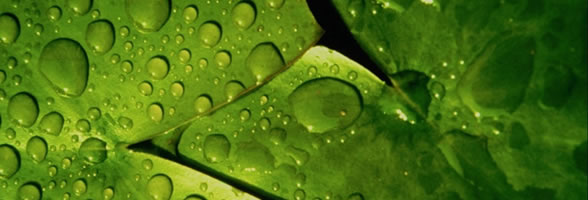
Glowworm Swarm Optimization
GSO algorithm
Basic Principle
In the GSO algorithm, physical entities/agents are considered to be randomly dispersed in the objective function space. The agents are thought of as glowworms that carry a luminescence quantity called luciferin along with them. Natural glowworms primarily use the bioluminescent light to signal other individuals of the same species for reproduction. This natural light is also used to attract prey.
The general idea in the GSO algorithm is similar in these aspects in the sense that glowworm agents are assumed to be attracted to move toward other glowworm agents that have brighter luminescence (higher luciferin value). Hereafter, we refer to the agents in the GSO algorithm as glowworms. However, the glowworms in the GSO algorithm are endowed with other behavioral mechanisms (not found in their natural counterparts) that enable them to selectively interact with their neighbors and decide their movements at each iteration. In natural glowworms, the brightness of a glowworm's glow as perceived by its neighbor reduces with increase in the distance between the two glowworms. However, in the GSO algorithm, we assume that luciferin value of a glowworm agent as perceived by its neighbor does not reduce due to distance.
The glowworms in the GSO algorithm encode the function-profile values at their current locations into a luciferin value and broadcast the same to other agents in their neighborhood. Each Glowworm i regards only those incoming luciferin data as useful that are broadcast by other glowworms located within a variable local-decision domain whose range rid is bounded by a hard-limited sensor range Each glowworm is attracted by the brighter glow of, and moves toward, other neighboring glowworms. In other words, glowworms depend only on information available in the local-decision domain to decide their movements. For instance, in Figure (a), Glowworm i is in the sensor range of (and is equidistant to) both Glowworm j and Glowworm k. But, they have different decision-domains. Hence, only Glowworm j uses the information of Glowworm i. Figure (b) shows the emergence of a directed graph based on the relative luciferin level of each agent and availability of only local information. These movements, that are based only on local information, enable the glowworms to partition into disjoint subgroups, exhibit a simultaneous taxis-behavior toward, and eventually co-locate at, the multiple optima of the given objective function.
